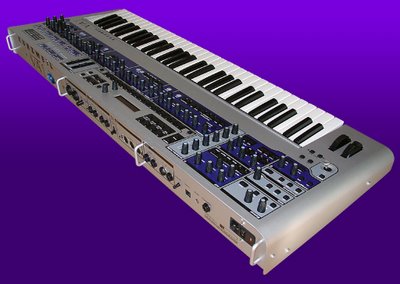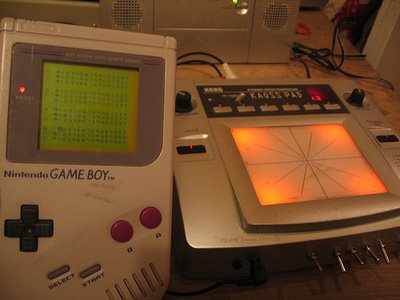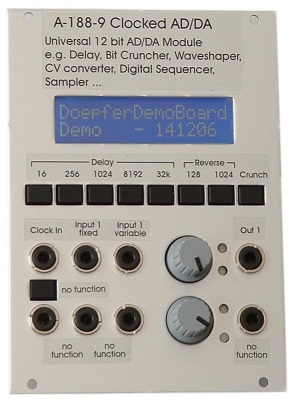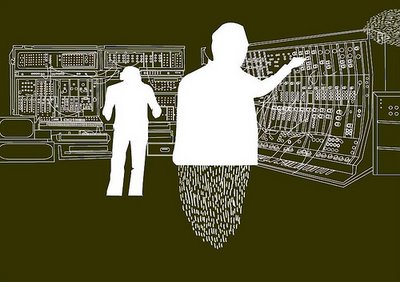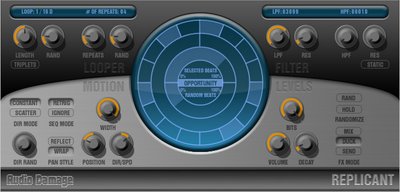
Click here for images via this auction
Some of the Details pulled:
"From the manual:
'"While most electronic rhythm units offer only a limited choice of pre-determined rhythm patterns, the PAIA Programmable Drum Set allows the user to tailor the pattern, time signature and drum sounds to each application. Among the unique features provided by the unit are touch sensitive electronic controls and the provision for an independently structured bridge rhythm."
From an interview with John Simonton (founder of PAIA)
"'That's been credited as the first programmable drum machine, and it may be. For about a year, it was dominant, because there weren't any other programmable drum sets."
Larry Fast (Synergy) wrote:
"1978 I built one of John's Programmable Drum machines from a PAiA kit. As far as I know, that was the first ever drum box that the user could program patterns into and store them in battery backed up RAM. I showed it to Peter Gabriel who loved the concept. Marvin Jones put together another one for Peter to keep. That became the basis for all of the electronic drums on PG#3 (Games Without Frontiers, Biko and many others). From that came the LinnDrum a few years later. Thanks John, for single-handedly changing how we make records."
My comments:
You can program drum patterns, and store them. This was a new beginning for electronic drums and sequencing.
I built this unit from a kit in 1980.
I have been an electronics hobbyist and musician for over 40 years. When I first saw this unit, I knew I had to have one. I saw it as an opportunity to learn about touch switches, drum patterns, analog sound sources (oscillators, white noise generators), and digital logic. I also imagined using the logic control circuit to trigger other analog sound sources. The term sequencing had yet to be used on drum machines because prior to this unit the previous electronic drum machines only played fixed patterns. I built some other sound sources, but never integrated them into this unit. I preferred the internal sounds. This drum synth has a unique sound."

